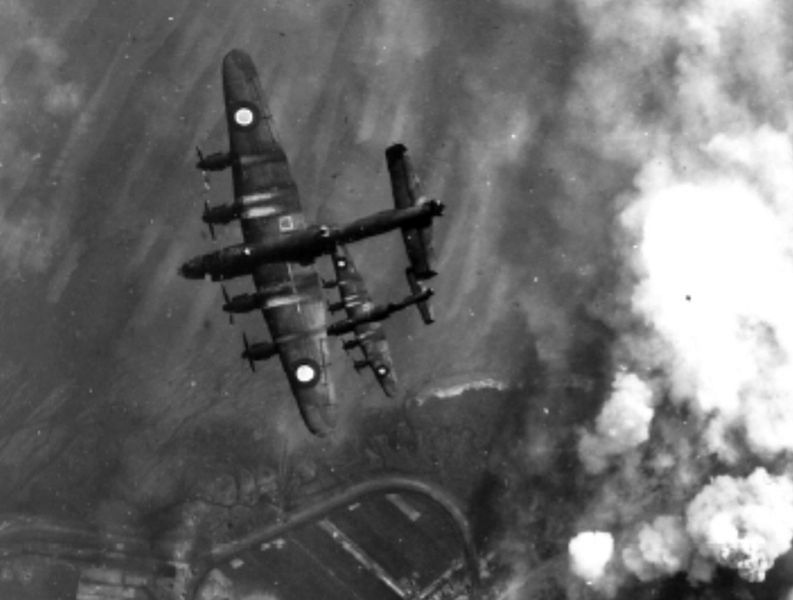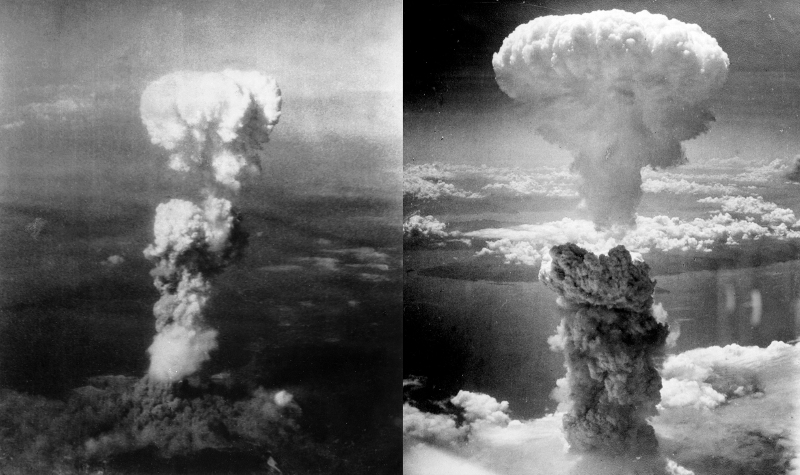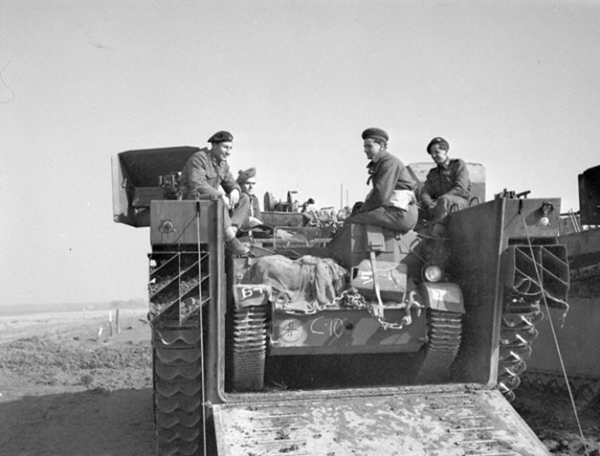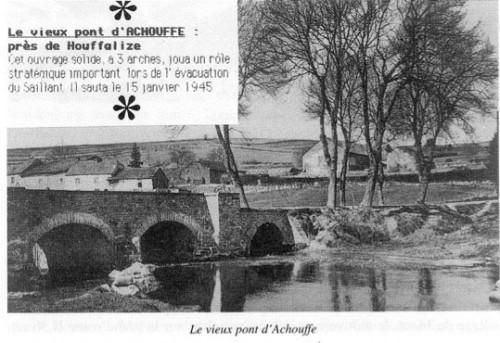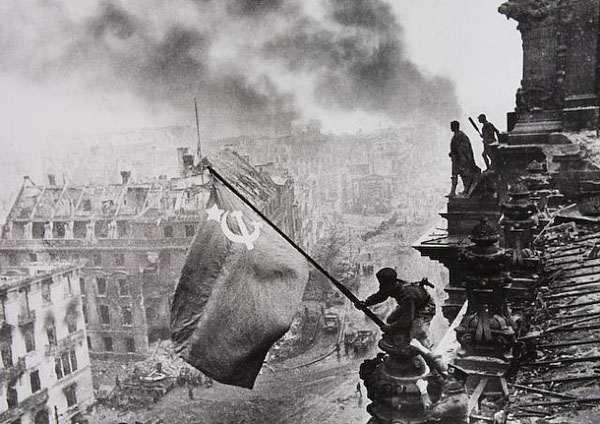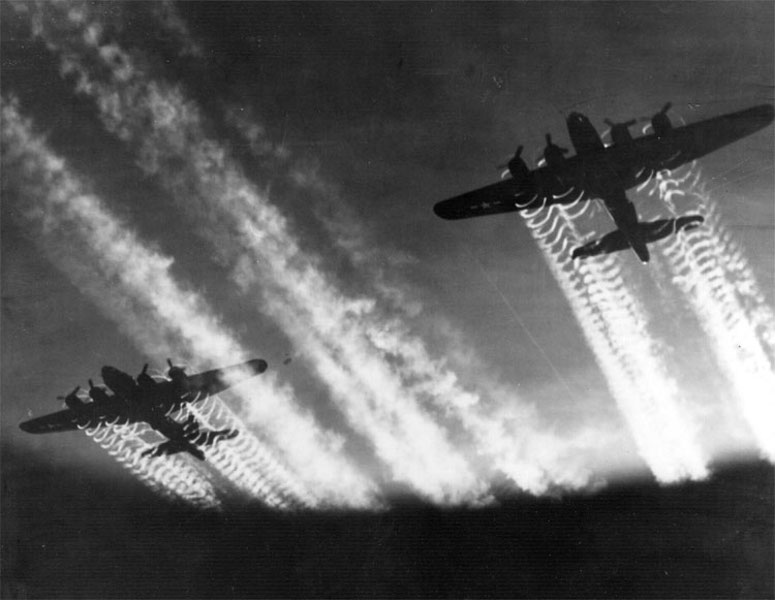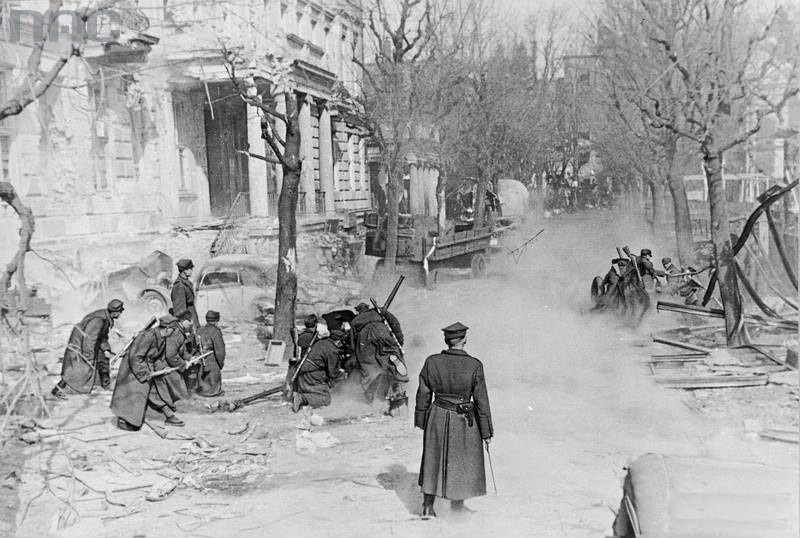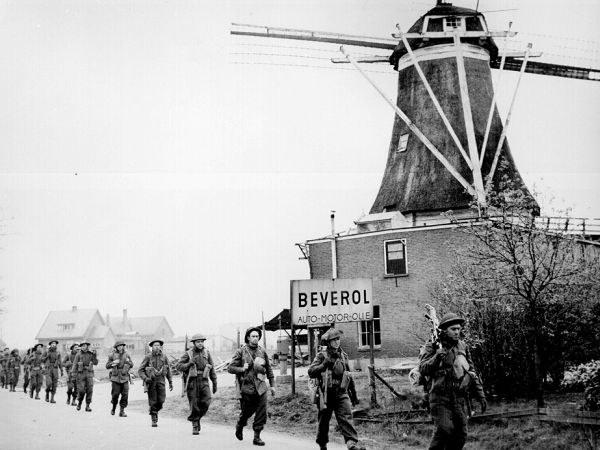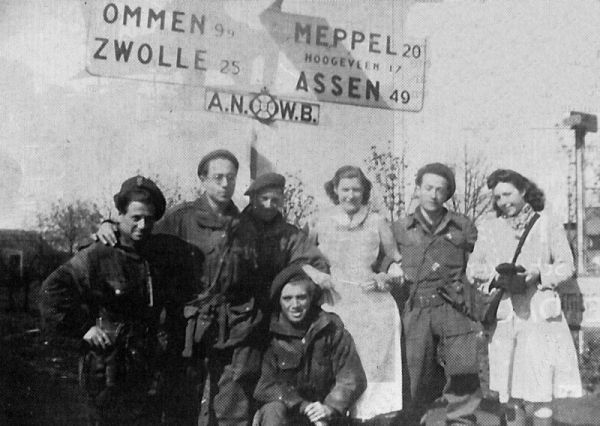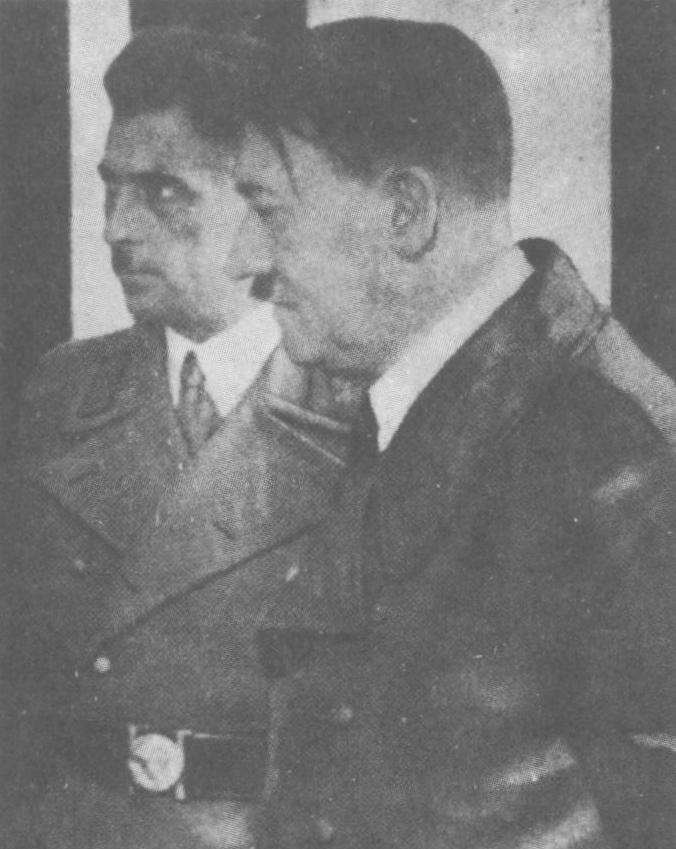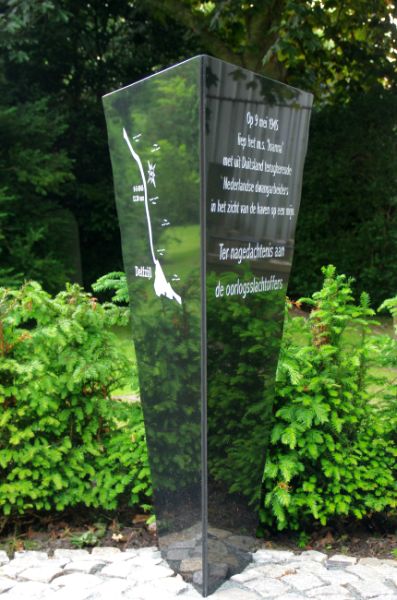Articles
- Article by Peter Kimenai
- Published on May 19th, 2015
Air raid on Wangerooge, 25 April 1945
Seventy years ago, on 25 April 1945, the East Frisian island of Wangerooge was bombed by 482 bombers of the Royal Air Force. This was the last major allied air attack on German territory during World War Two. On this sunny April day not only many military and civilians were killed, but a large number of the present forced labourers as well.
- Article by Wesley Dankers
- Published on January 13th, 2017
Atomic bombs on Hiroshima and Nagasaki
Introduction "I am aware of the tragic impact of the atomic bomb. It is a terrible responsibility which has come to us. We thank God it has come to us instead of to our enemies and we pray He may guide us in using it in His footsteps and to His purposes." Harry S. Truman, August 9th, 1945.
- Article by Joël Stoppels
- Published on September 15th, 2024
Battle for the Twente Canal
The period of static actions along the winter front of the Meuse and Waal ended for the First Canadian Army on February 8, 1945. For the Canadians, operation Veritable began, an Allied pincer movement, meant to force the German troops out of the area between the Rhine and the Ruhr.
- Article by Pieter Schlebaum
- Published on March 11th, 2016
Battle of Achouffe, 13-15 January 1945
On 16 December 1944 the Germans launched a massive attack on the allied troops in the Ardennes, a campaign which is commonly known as The Battle of the Bulge. Their aim was to split the allied armies and capture the port city of Antwerp. From 16 till 20 December German troops advanced towards Stavelot, Sankt-Vith, Houffalize and Bastogne. The allied forces managed to repel the attack. The German salient in the Ardennes was eliminated when the American 2nd and 11th Armored Divisions re-established contact near Houffalize on 16 January. By then the Germans had already started to evacuate the salient. One of these evacuation routes led trough the village of Achouffe, nowadays well-known because of the presence of a brewery.
- Article by Auke de Vlieger
- Published on August 25th, 2020
Battle of Berlin
As early the summer of 1943, one thing was certain for the soldiers of the Red Army: they would end the war in Berlin at all costs. The conquest of the German capital was considered a well-deserved prize, as the fitting final phase of an unprecedented brutal and bloody war.
- Article by Peter ter Haar
- Published on September 18th, 2015
Bombing of Dresden, 13 and 14 February 1945
Dresden is the capital of Saxony. In the course of ages, the city became known as the Florence on the Elbe, Elbflorenz, an internationally renowned city of culture.In peacetime, the city had 630,000 inhabitants and ranked as the seventh city of Germany. The city, up until 1945, was spared the tragic fates of cities like Cologne, Essen, Hamburg and Berlin.There was not much industry and the industry that was present was not considered to be vital to the German war effort. Only the railroad marshalling yards had been attacked up until February, 1945.
- Article by Kevin Prenger
- Published on January 29th, 2023
Evacuation and fall of the German city Kolberg
Between March 4 and 18, 1945 Kolberg (today Kolobrzeg in Poland) was under siege by troops of the Red Army and the Polish People’s Army. Since 1807, the former German bathing resort on the Baltic coast had seen no violence of war. At that time, the siege by troops of Napoleon was terminated after the signing of an armistice between France and Prussia
- Article by Arnold Palthe
- Published on March 23rd, 2020
Liberation of the northeastern part of the Netherlands
"Food tourists" and "bread thieves", those were daily words in the famine winter of 1944-1945. A large part of the Dutch population was fighting for its life at that time and: "you had to stand in line to be buried," as a manner of speech. To Allied strategists, this was no reason to rearrange their priorities for the destruction of Nazi Germany. In all their plans, the starving nation was literally left at the wayside, the military turning their backs on her.
- Article by Fred Bolle
- Published on August 3rd, 2012
Operation Amherst
During the night of Saturday 7 to Sunday 8 April 1945 the last parachutist operation in The Netherlands started over the (eastern) province of Drenthe. The dropping of 702 French (SAS) paratroopers intended to support the further advances of the Second Canadian Army Corps.
- Article by Kaj Metz
- Published on May 21st, 2023
Siege of Breslau
The siege of Breslau (the present Polish Wroclaw) took no fewer than 80 days and was fought between the Soviet sixth army and the garrison of the ‘Festung Breslau’ [Breslau Fortress]. Eventually, the Red Army would fail to capture Breslau, but the commander of the ‘Festung’, General der Infanterie Hermann Niehoff capitulated on May 6, 1945 and handed over the city to the Soviets. The siege of Breslau is considered to be one of the bloodiest battles of World War II, with many thousands of casualties on both sides. Many compare the fighting in and around Breslau with that of Stalingrad.
- Article by Peter Kimenai
- Published on May 28th, 2015
War victims on the Ems in peace time, 9 May 1945
After the devastating air raid on Wangerooge of 25 April 1945, the Dutch surviving forced labourers wanted to go home as soon as possible. The first days after the raid sporadic anti aircraft fire was heard. After that it remained silent. From 5 May on the heavy thud of the shelling on main land Germany had stopped. The attitude of the guards towards the German speaking Dutch became more communicative and in this way they heard of Germany's surrender on 5 May 1945. This only increased the desire to get home. A handful of Dutch had walked to the harbour at Westanleger which was quite far from the central village of Wangerooge, via the narrow gauge rail. They hoped to find a ship that could bring them home.
